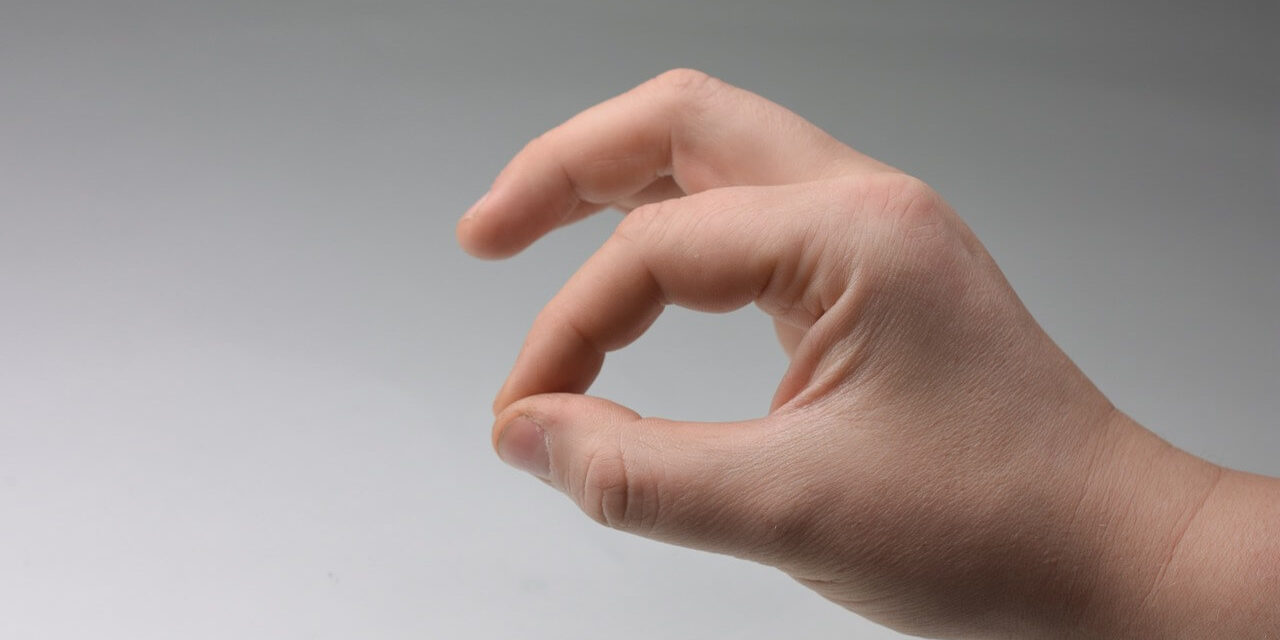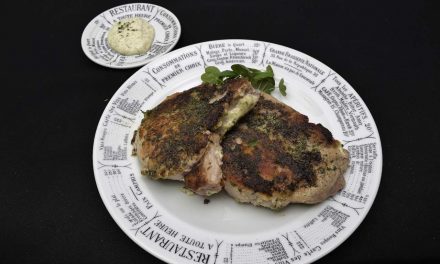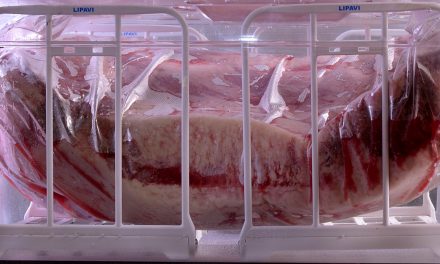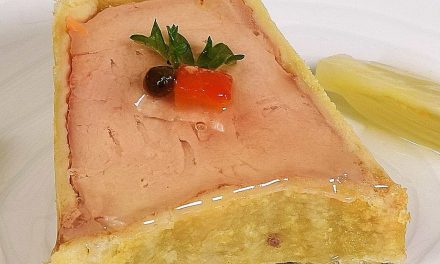There are a number of Facebook groups on sous vide now. Many of them are pretty good places to TALK about sous vide. Visit our Facebook group to learn more about sous vide.
To Pinch or to Poke
Sous Vide temperatures are very precise. The internal temperature of sous vide proteins predictably determines appearance of doneness–rare, medium, well done, etc. Combined with the time parameter, temperature is integral to the pasteurization process.
Time in
The conversion of collagen to gelatin is the difference between tough meat and tender meat. Once your preferred temperature has been established, TIME determines the eventual level of tenderness. But a clock cannot be used to measure tenderness.
What a Sensation!
The sensation of tenderness can be very subjective, but everybody is capable of detecting it to their own preference without any training. There is no “moment” when toughness becomes tenderness. Meat cannot tell what time it is. When it comes to the time component, you can “put down the stopwatches!”
Later, rather than sooner…
There is a fairly rigid time/temperature formula to achieve pasteurization. Circumstances may dictate that your meal be delayed (but not accelerated), even by a few hours. The longer the original interval is, the less effect 2-3 hours or even considerably more will have.
Free at last!
How do we determine when the protein has finally achieved the degree of tenderness that we seek?
I’ve seen people spend a lot of time trying to calculate this out, keeping excruciatingly detailed records of past experiences, graphs, and formulas. As it turns out, the answer is literally at our fingertips.
Just a little pinch is enough
SV projects typically weigh no more than 6 lbs, with the occasional whole prime rib or whole brisket being the upper limit in weight. It is not overly difficult to remove SV packages to be examined. If necessary, they can be submerged in cold water temporarily to make them more manageable. You are not going to risk creating some exotic form of toxicity by interrupting the process for five minutes. Once you’ve done that you need only “pinch” through the bag wherever it is convenient. The degree of tenderization is uniform end to end.
It is easy to correlate the tenderness measured with your thumb and index finger to the level of tenderness measured by your jaws. After a little practice your confidence will also increase. It is very intuitive.
Stick a fork in it
You can also use the poke test to teach yourself the pinch test; or vice versa! After your estimated duration has been met, insert a probe thermometer, a metal skewer, or even a bamboo skewer into the thickest part of the meat.
When you insert your probe into the meat, close your eyes and gauge the force required. Remove the skewer and mentally note the force required again. The easier it is, the more tender the meat is. When meat is at its tenderest desirable level, very little force is required to do the poking.
After you remove the probe, pinch the protein as explained above and compare the results of the two tests. This will automatically teach you the parameters of whichever method you are the least confident in!
If that isn’t self explanatory enough, you can remove a piece of meat and eat it. The worst case scenario is that you will have to reseal the steak or roast at the cost of a few pennies. Again, you are not going to create some strange form of toxicity in those few minutes devoted to evaluation.
The Pinch/Poke Test – That’s all there is to it?
After you’ve utilized these methods a few times you will also get a better feel for when your project should be started in the first place. Anything that you can do to AVOID last minute timing adjustments is effort well spent. If your plan was to get up early to fire your roast, just fire it before you go to bed, and sleep in! First thing in the morning–give it a pinch and a poke! If you want to hold an item longer than you feel comfortable with at the current level of tenderness, reduce the temperature in the bath to 126 F/52 C and the conversion of collagen to gelatin will slow to a crawl.





